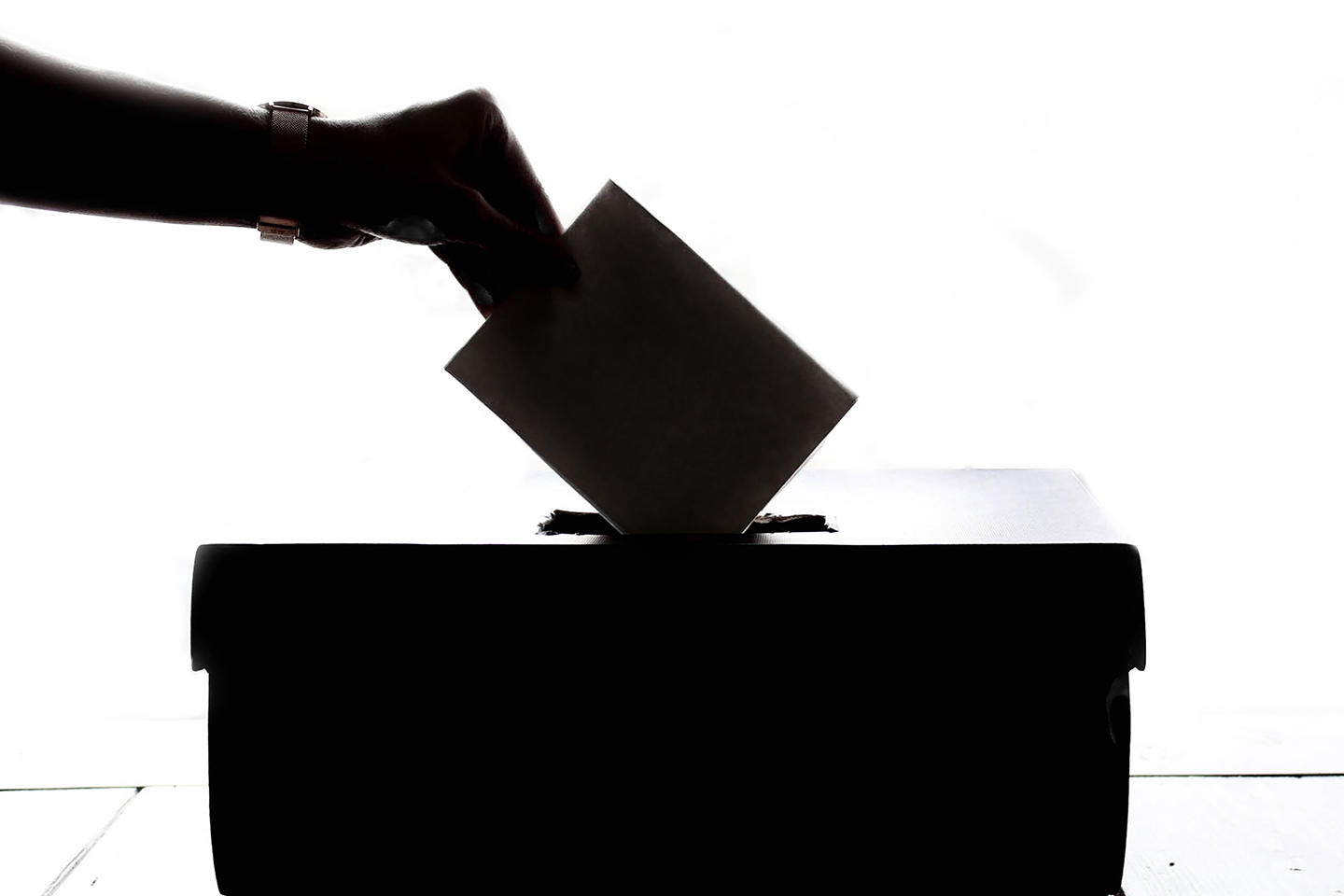
Kansas voters approved a constitutional amendment ending the state’s practice of adjusting the U.S. Census population regarding military personnel and students when redistricting the Kansas State Legislature. The vote was 60% to 40%.
Going into the election, the Kansas Constitution required the state legislature to apportion state legislative districts based on the most recent U.S. Census, with an adjustment to (1) exclude nonresident military personnel stationed in Kansas and nonresident students and (2) include resident military personnel and resident students in the district of their permanent residence. The ballot measure eliminated the requirement to adjust the census population for state legislative apportionment.
Secretary of State Scott Schwab (R), who supported the ballot measure, said the state would spend an estimated $834,000 to adjust the 2020 U.S. Census. He said the state would have needed to hire a private consultant for the adjustment, who would contact military personnel and students and ask them about their permanent residencies. In 2011, Secretary of State Kris Kobach reported that the adjustment cost $198,928.
Following the 2010 U.S. Census, the state adjusted the population for legislative redistricting. Overall, 15,577 state residents were counted in different counties, and 13,673 people were eliminated from the count. Riley County, Douglas County, and Ellis County saw the largest percentage decreases in population due to the adjustment. Riley County included the U.S. Army’s Fort Riley and Kansas State University. Douglas County included the University of Kansas. Ellis County included Fort Hays State University and North Central Kansas Technical College.

